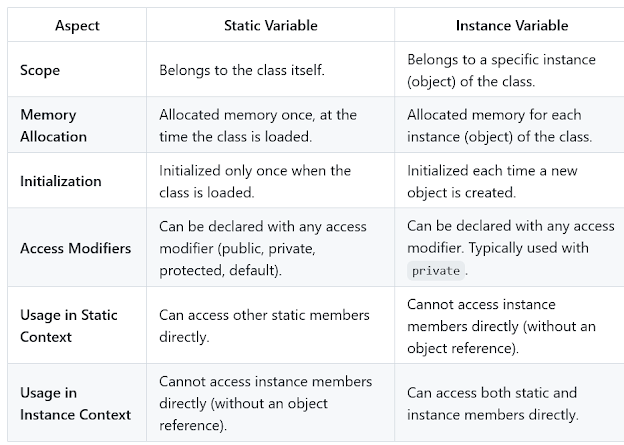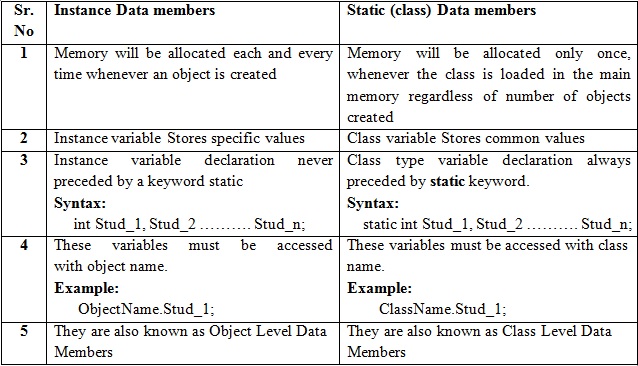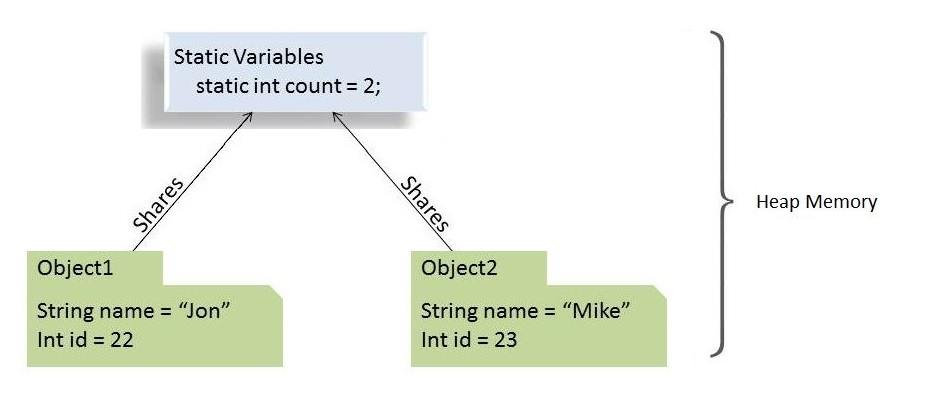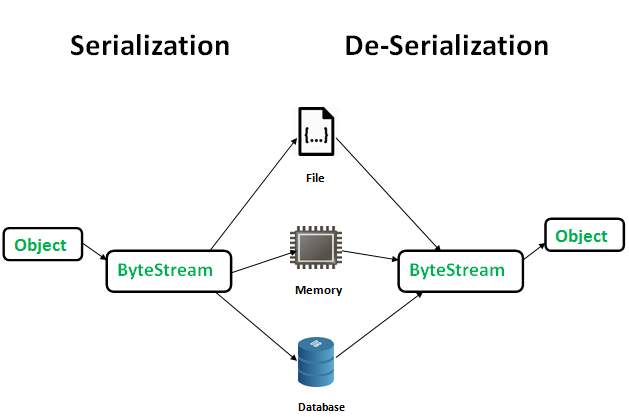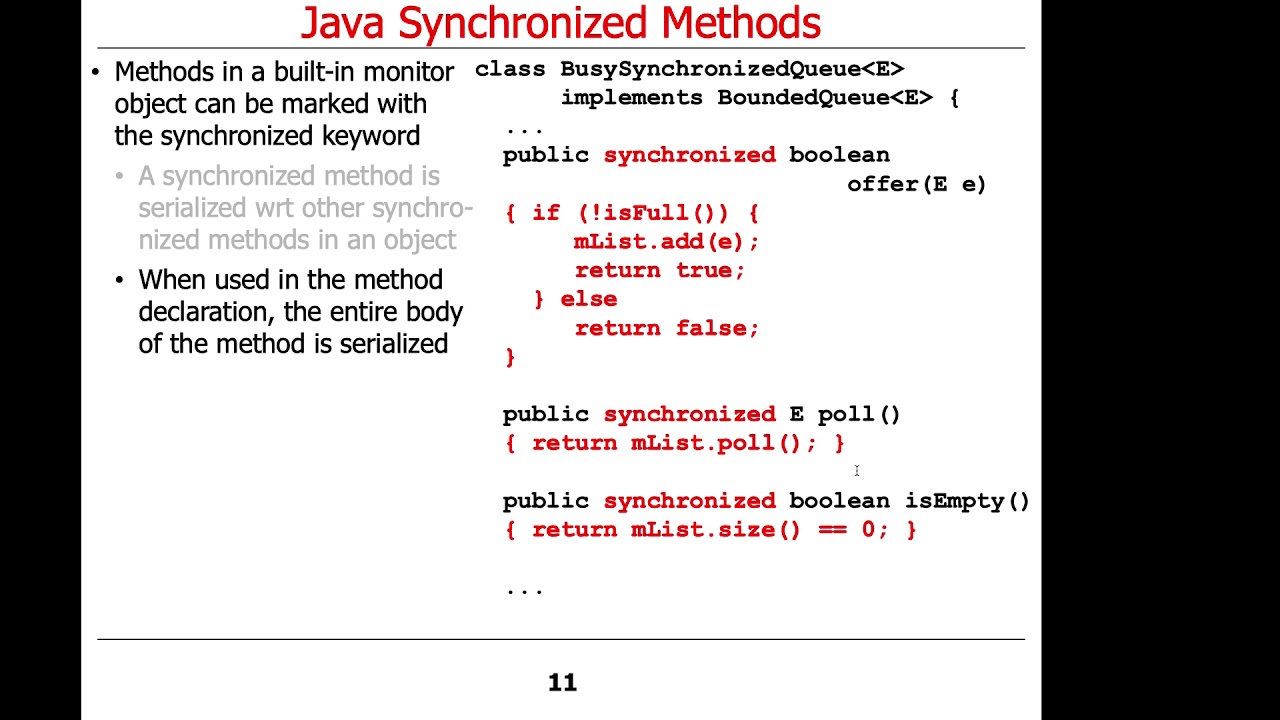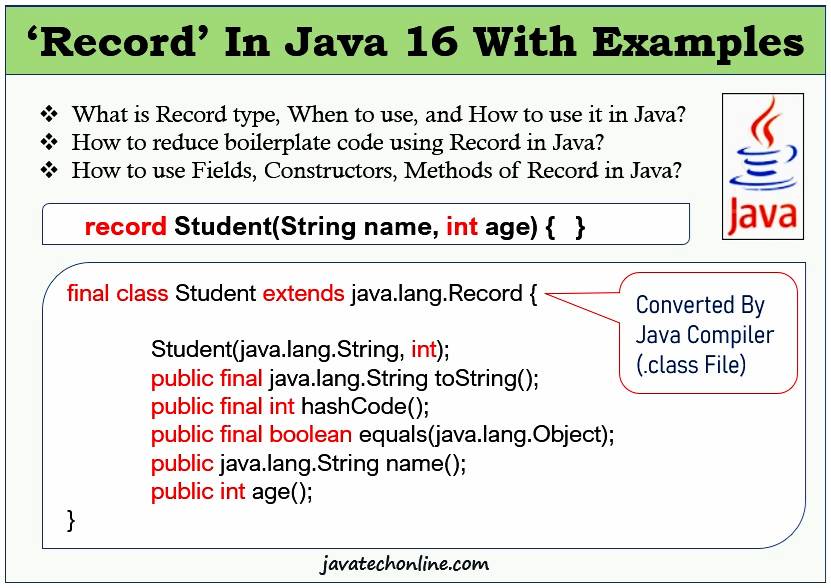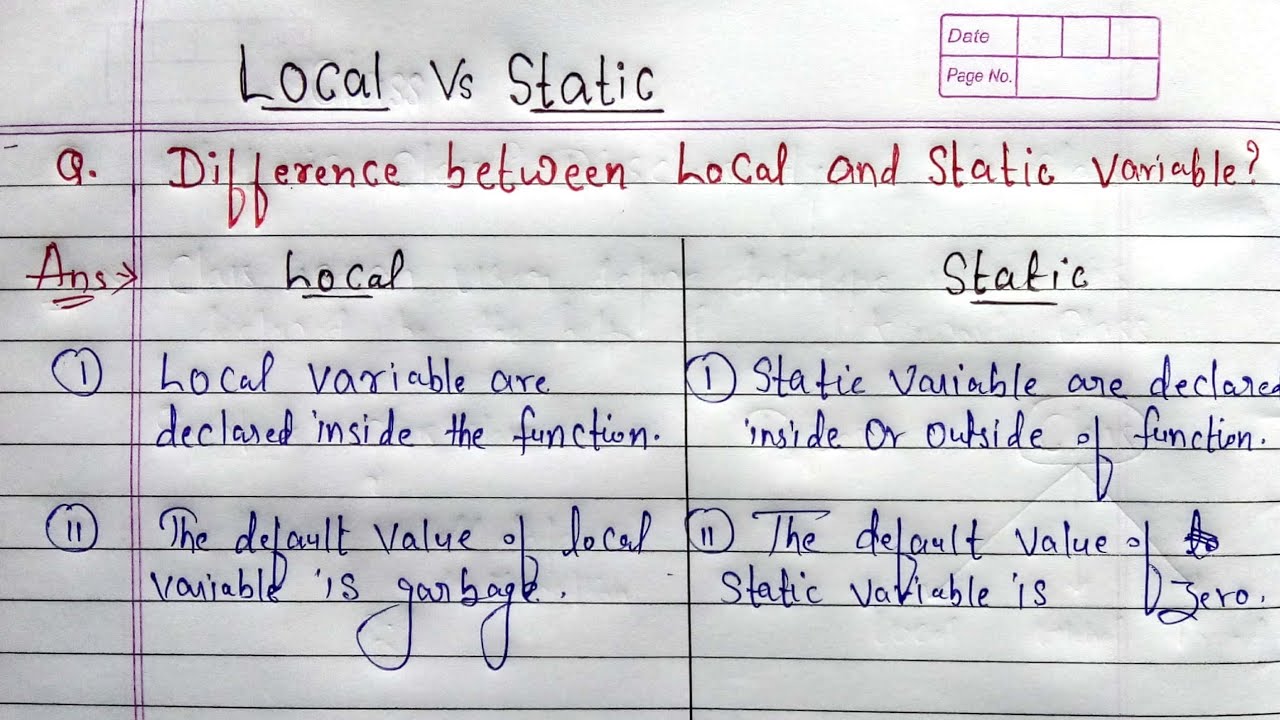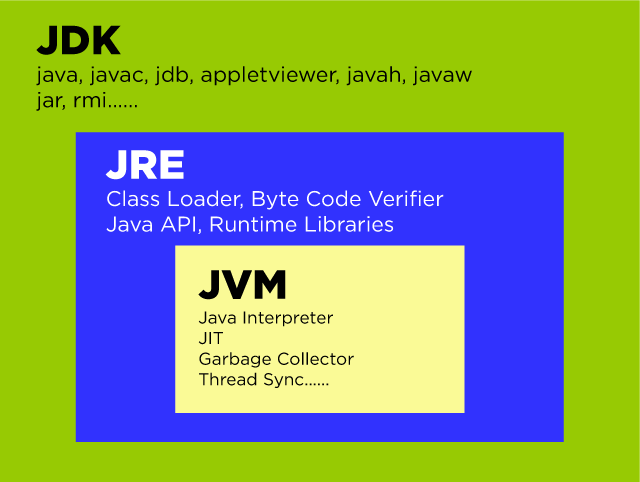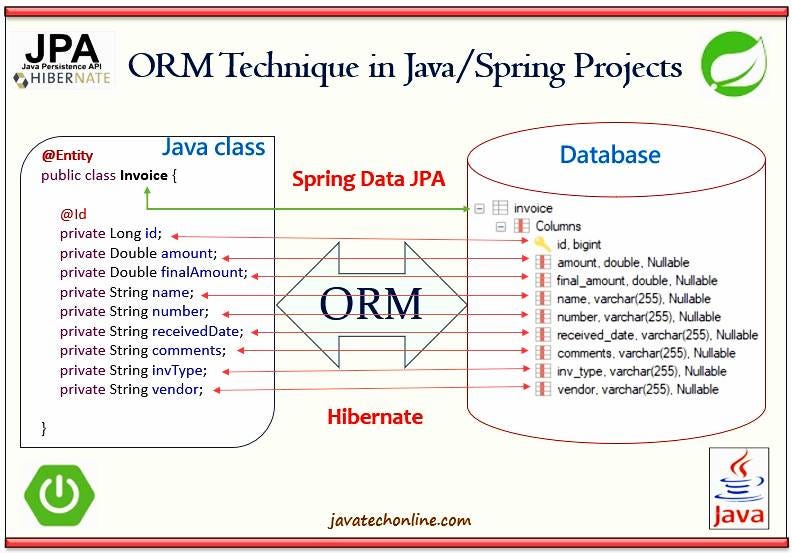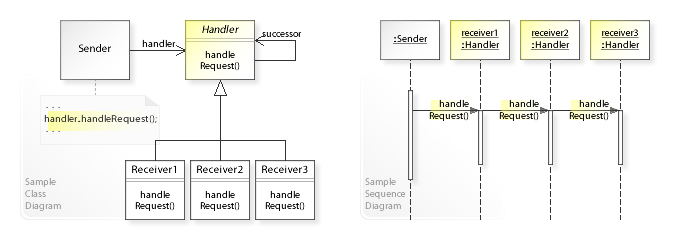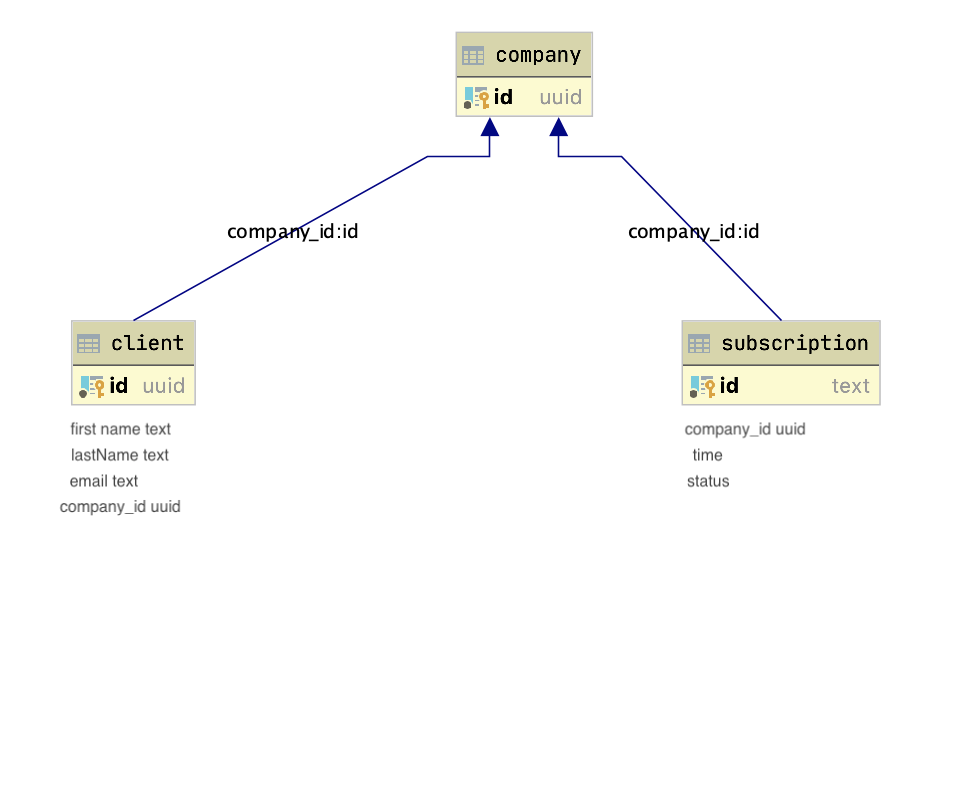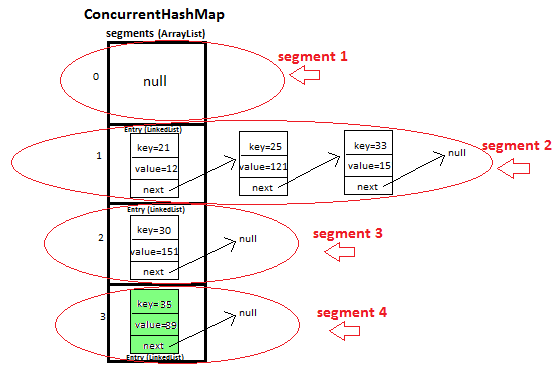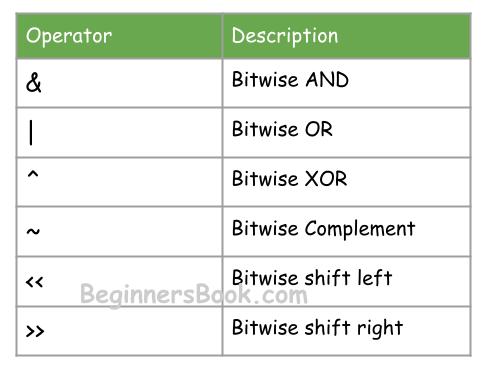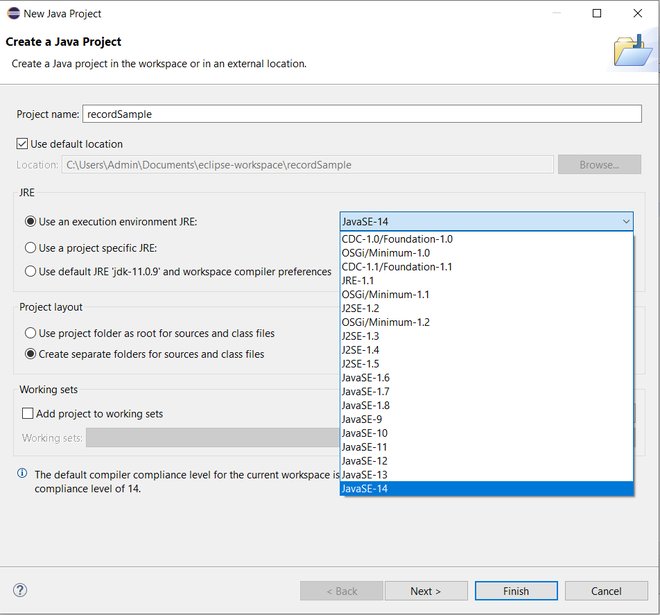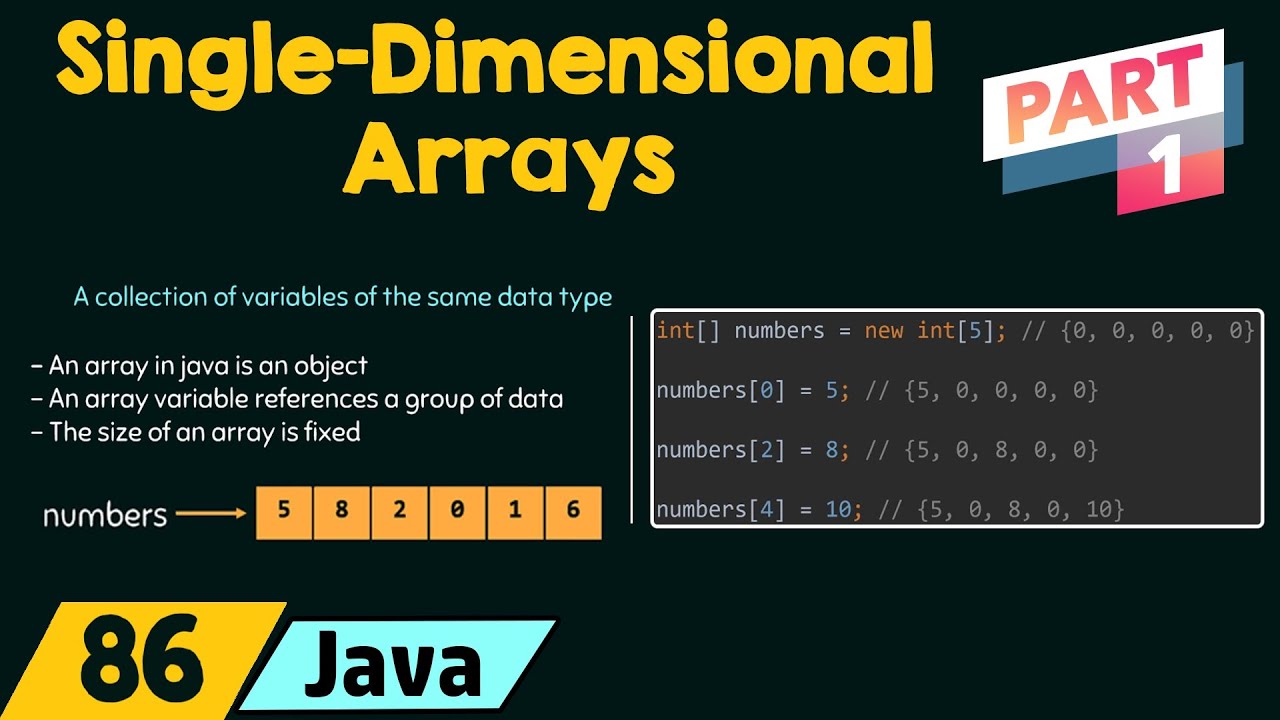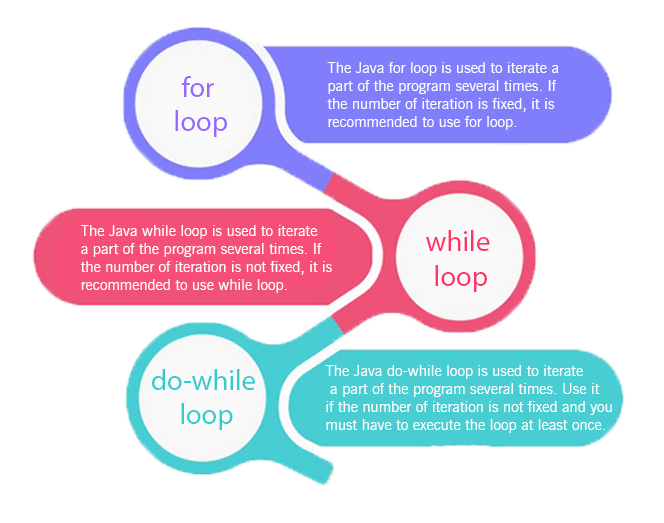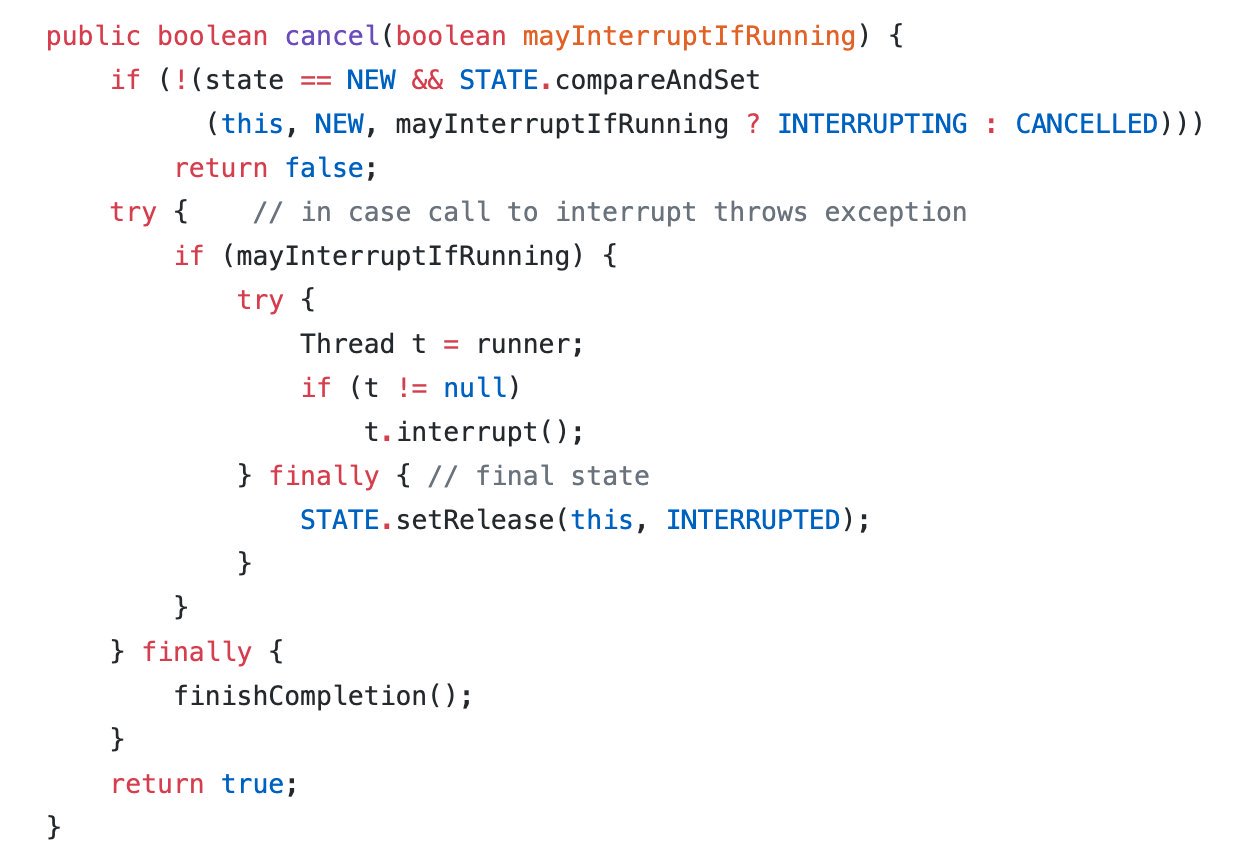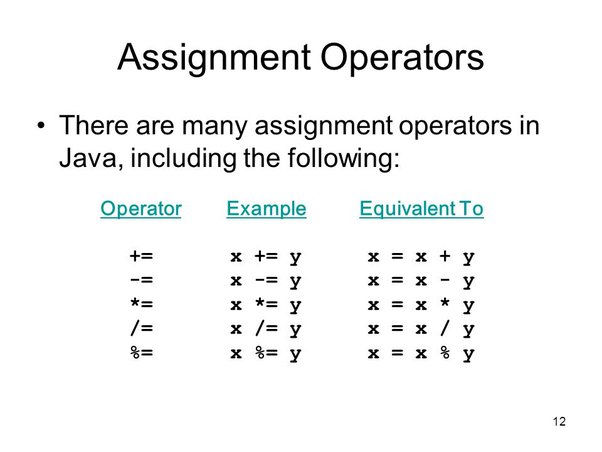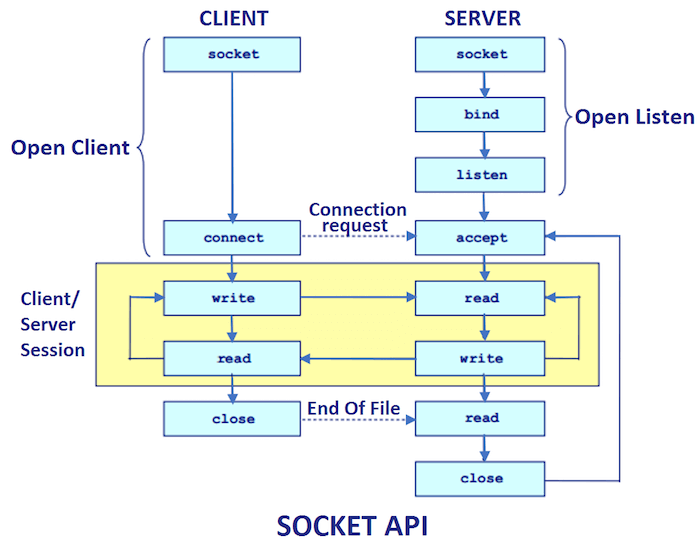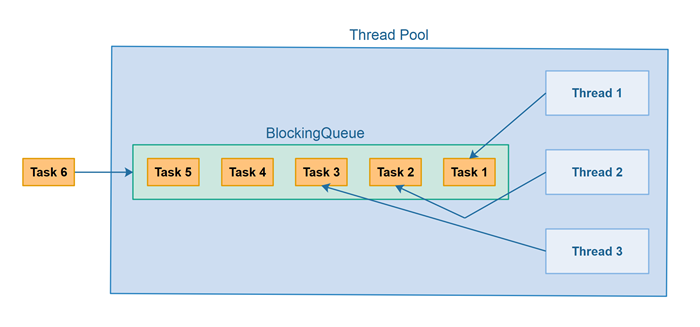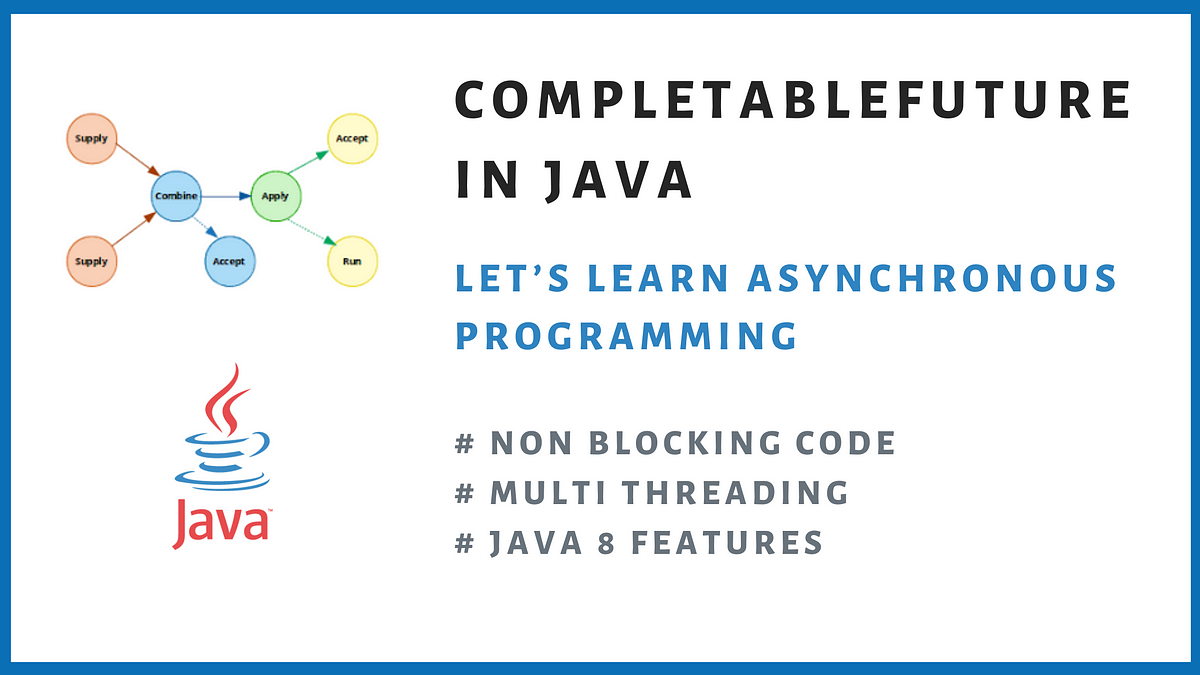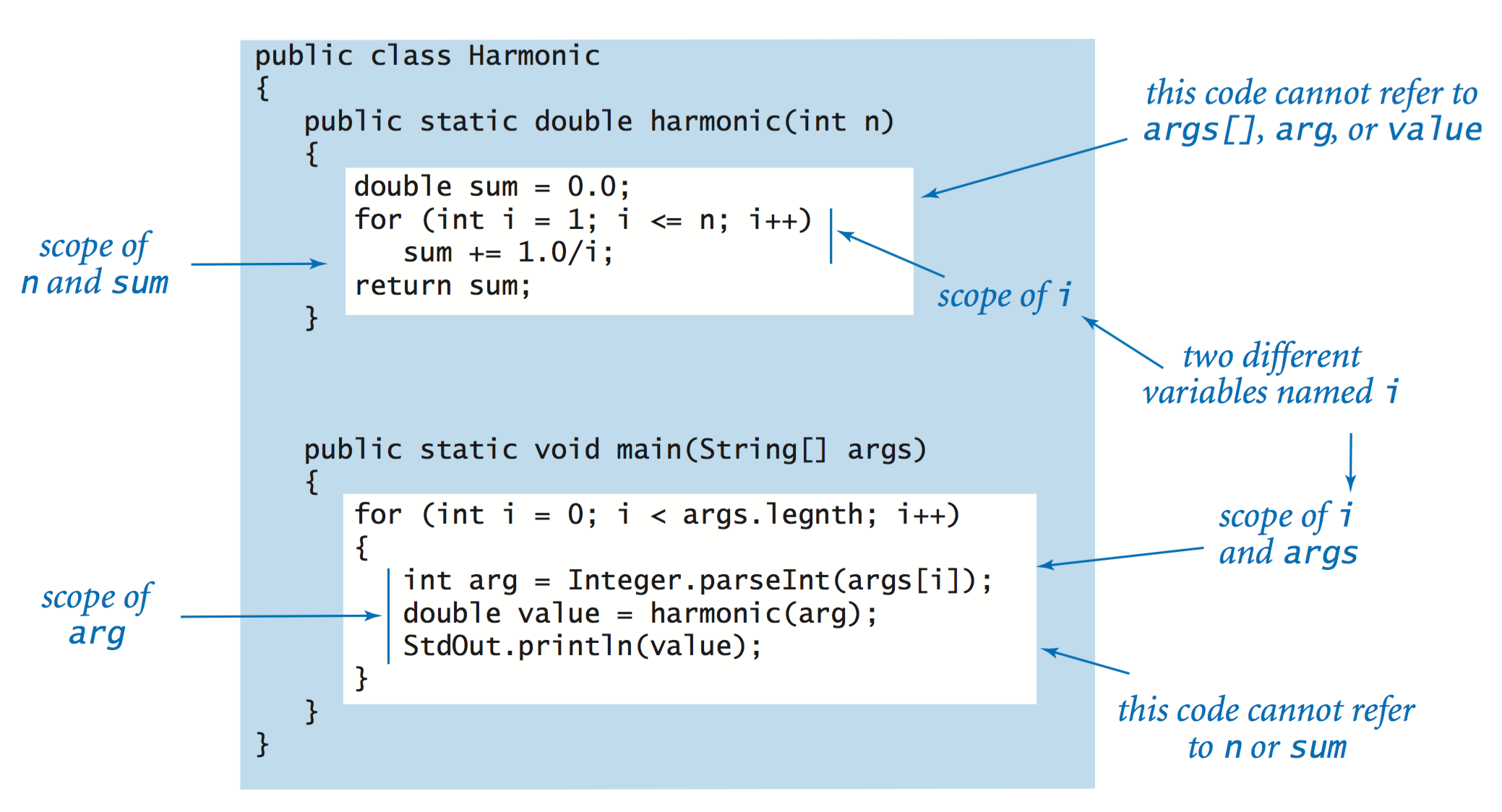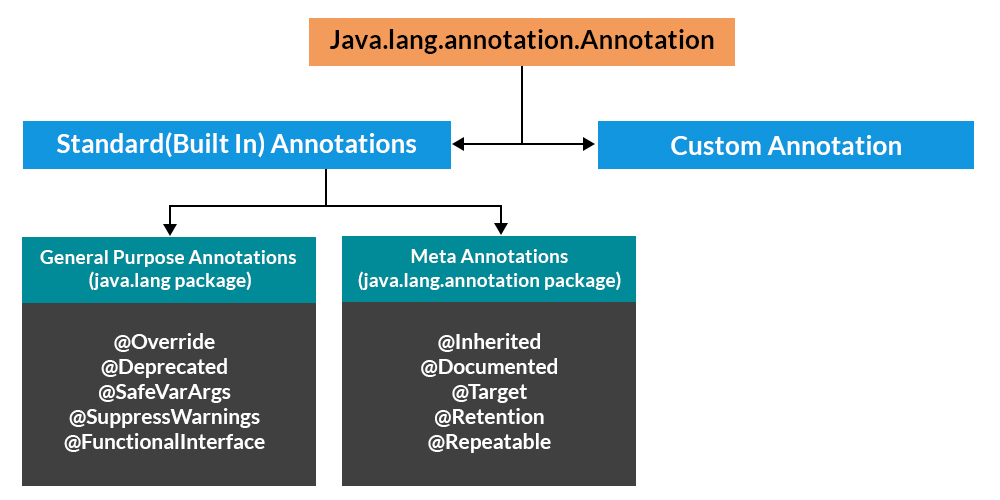Where are static members stored in Java?
Where are static members stored in Java?
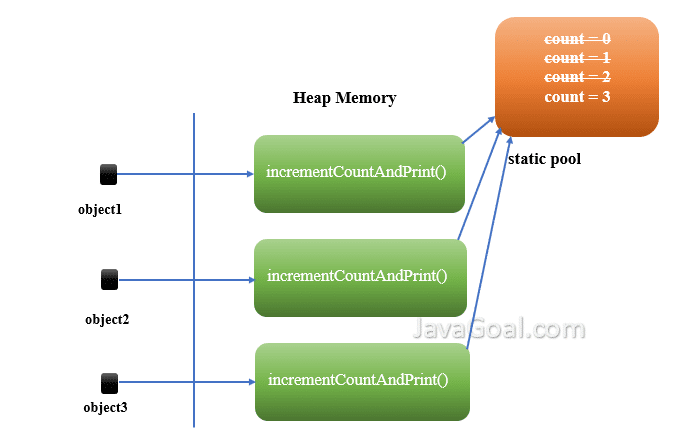
I'm happy to respond in English for you!
Static members in Java are stored at class level, meaning they are associated with the class itself rather than an instance of the class. When a class has static members, they are essentially shared by all instances of the same class.
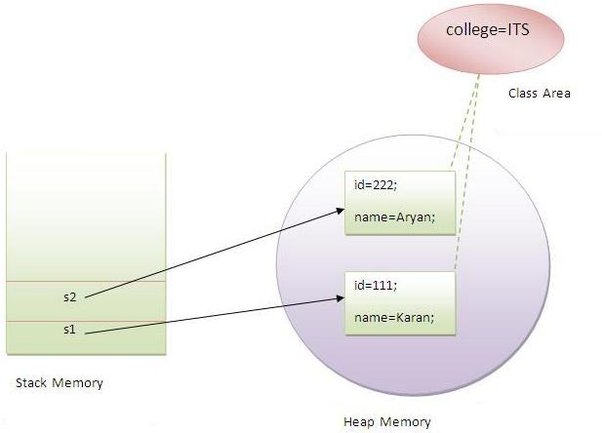
In Java, the memory location where static members are stored is called the "static area" or "class data area." This area is reserved at class initialization time and remains until the JVM (Java Virtual Machine) exits.
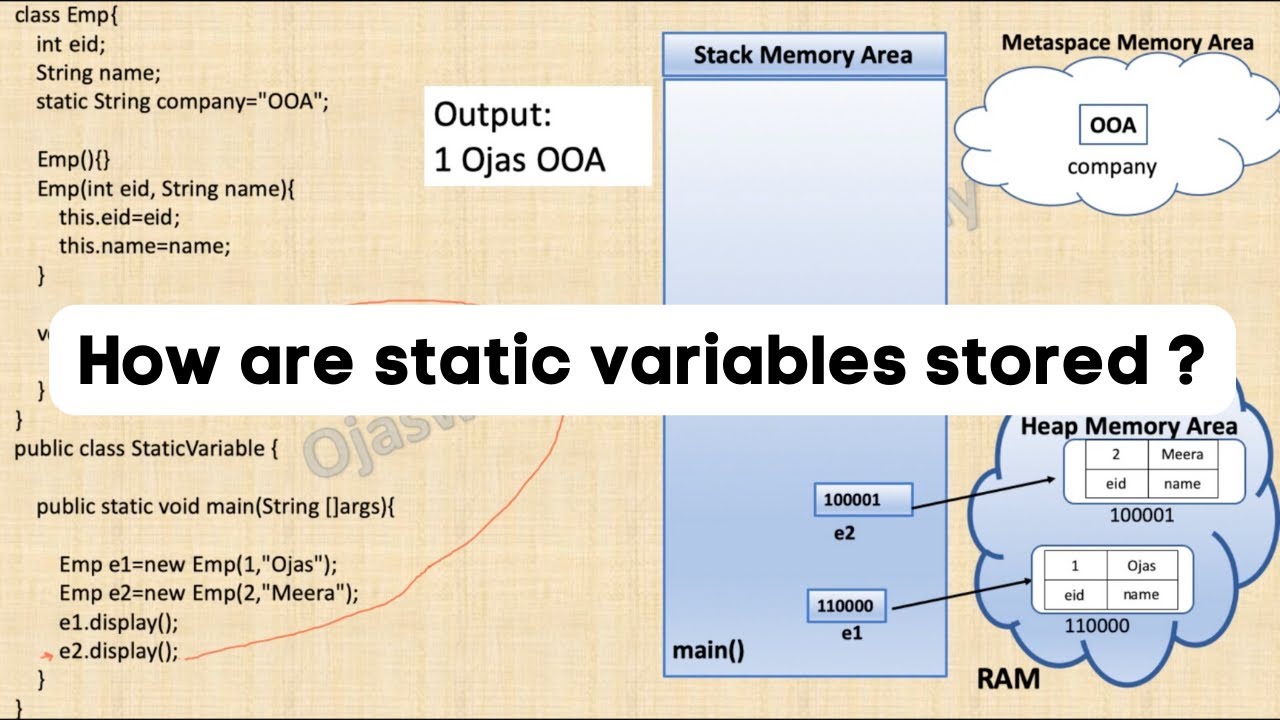
When a class has only static members, it's often referred to as a "static-only class." In such cases, the JVM only loads the class into memory when its static members are accessed for the first time. After that, the entire class is resident in memory.
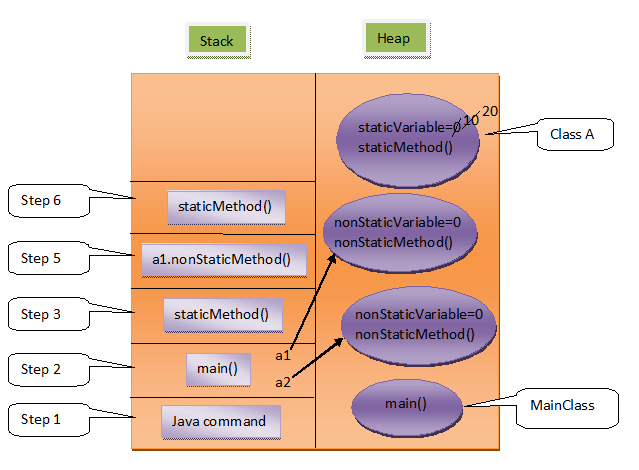
Here are some key characteristics of how Java stores static members:
Single instance: There is only one copy of each static member across all instances of the same class. Shared among instances: Static members can be accessed and manipulated by any instance of the same class, as they are shared between them.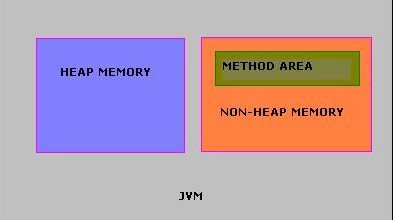
To illustrate this, let's consider an example:
public class MyClass {public static int myStaticField = 10; // static member
public void printMyStaticField() {
System.out.println(myStaticField); // accessing the static field
}
}
In this example, myStaticField is a static integer that is shared across all instances of MyClass. If we create multiple instances of MyClass, they will all share the same value for myStaticField.
MyClass instance1 = new MyClass();MyClass instance2 = new MyClass();
// accessing the static field from different instances
instance1.printMyStaticField(); // prints 10
instance2.printMyStaticField(); // also prints 10
As you can see, myStaticField is shared between instances of MyClass, and its value remains consistent across all instances.
In summary, Java stores static members at the class level in a dedicated memory area called the "static area" or "class data area," which is initialized when the class is loaded into memory. Static members are shared among instances of the same class and remain constant throughout the program's execution.
What is instance members vs static members in Java?
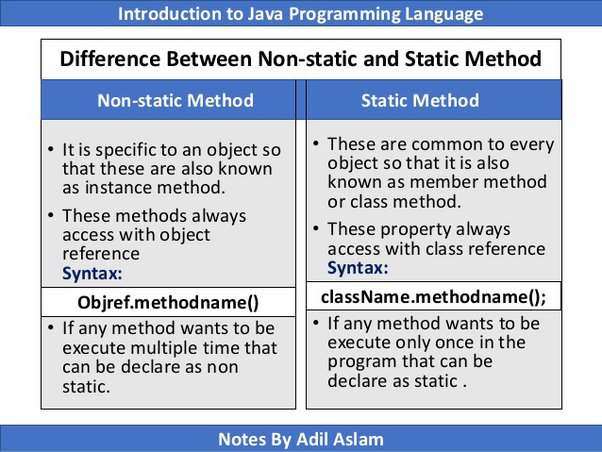
Instance Members and Static Members are two types of members that can be defined within a class in Java.
Instance Members:
Instance members, also known as non-static members or instance variables, belong to an instance of the class rather than the class itself. Each object created from the class will have its own set of instance members with separate values. Instance members are declared inside the class but outside any method. They are initialized when a new object is created and can be accessed through an instance of the class.
Here's an example:
public class Employee {
private String name;
private int age;
public Employee(String name, int age) {
this.name = name;
this.age = age;
}
public void display() {
System.out.println("Name: " + name);
System.out.println("Age: " + age);
}
}
In the above example, name and age are instance members. Each Employee object will have its own name and age. To access these values, you need an instance of the class.
Static Members:
Static members, on the other hand, belong to the class itself rather than instances of the class. They can be accessed through the class name without creating an instance of the class. Static members are declared using the static keyword and have a separate set of values shared across all instances of the class.
Here's an example:
public class Employee {private static int totalEmployees;
public Employee(String name, int age) {
// ...
}
public static void displayTotalEmployees() {
System.out.println("Total Employees: " + totalEmployees);
}
}
In the above example, totalEmployees is a static member. You can access it without creating an instance of the class using Employee.totalEmployees. The value of totalEmployees will be shared across all instances of the class.
Key Differences:
Here are some key differences between instance members and static members:
Scope: Instance members belong to an instance of a class, while static members belong to the class itself. Accessibility: Instance members can only be accessed through an instance of the class, whereas static members can be accessed through the class name. Values: Each instance of a class has its own set of instance member values, while all instances of a class share the same set of static member values. Initialization: Instance members are initialized when an object is created, whereas static members are initialized only once when the class is loaded.When to Use Each:
Here are some scenarios where you might use each:
Use instance members: When you need unique values for each object or when you want to encapsulate data and behavior specific to each instance. Use static members: When you want to share a value or functionality across all instances of the class, such as in a singleton pattern or a utility class.In conclusion, instance members belong to an instance of a class, while static members belong to the class itself. Understanding the differences between these two types of members is essential for effective object-oriented programming in Java.
